Understanding the Types of Plankton in Shrimp Ponds
The diversity of plankton in shrimp ponds indicates a stable and favourable pond environment. However, it’s important to remember that not all plankton have a positive impact on the pond ecosystem and shrimp growth.
This article will discuss what plankton is, the various types of plankton found in shrimp ponds and their impact on water quality, as well as which types of plankton can benefit or harm shrimp ponds.

What Is Plankton?
Plankton is a collection of small organisms that float or drift in water. They generally cannot actively move against water currents and rely on water movements to change their position.
Plankton is divided into two main groups: zooplankton (animal plankton) and phytoplankton (plant plankton). Both play important roles in the aquatic ecosystem of shrimp ponds, including serving as a natural food source for shrimp.
Types of Plankton in Shrimp Ponds and Their Effects on Water
a. Phytoplankton
Phytoplankton is a group of plankton consisting of microalgae and cyanobacteria. They play a role in oxygen production through photosynthesis and provide a food source for zooplankton.

However, uncontrolled phytoplankton growth can lead to issues in shrimp ponds. Excessive phytoplankton growth can cause a decrease in dissolved oxygen in the water (hypoxia) and affect water quality. This can be detrimental to shrimp as they require sufficiently oxygenated water to breathe.
b. Zooplankton
Zooplankton consists of various microscopic animals such as copepods, rotifers, and bivalve larvae. They serve as a natural shrimp feed source in shrimp ponds.
Adequate zooplankton populations in shrimp ponds can enhance shrimp growth and health. However, a population of zooplankton that is too low can lead to competition for food and slow shrimp growth.
Beneficial Plankton Types for Shrimp Ponds
Some types of plankton that benefit shrimp ponds include:
a. Green Algae (Chlorophyta)
Chlorophyta, also known as green algae, are commonly found in shrimp ponds because they can thrive in various environmental conditions. Chlorophyta produce a light green to green colour in the water.
As the name suggests, Chlorophyta produces chlorophyll, which is beneficial for photosynthesis and provides additional oxygen in the pond, serving as a natural food source for shrimp.
b. Diatoms
Diatoms, also known as Bacillariophyceae, are a crucial phytoplankton type that serves as a significant food source for shrimp. They contain nutrients such as omega-3 fatty acids that support the healthy growth of shrimp.
Harmful Plankton Types for Shrimp Ponds
Some types of plankton that can harm shrimp ponds include:
a. Cyanophyta
Cyanophyta, or blue-green algae, are plankton that can turn water green or even blackish. They can produce toxins that can poison shrimp in the pond and lead to toxic blooms, which can be highly detrimental to aquaculture.
b. Dinoflagellata
Toxic dinoflagellates can produce toxins from their flagella, which can be harmful and even fatal to shrimp. They can also disrupt water quality by releasing waste that causes water discolouration. Therefore, the presence of dinoflagellates in the pond should not exceed 5%.
Cre: DELOS Aqua
Ngày đăng : 26/06/2024
2253 View
Other Articles
Portuguese food group acquires 18% stake in cod farming company Norcod
Indonesia implements radioactive-free shrimp certification for exports to the United States
India is world’s second-largest shrimp producer. That is now under threat
Ca Mau’s shrimp industry moves towards “green” growth
Floods devastate aquaculture, processing operations in Vietnam
Ecuador Leads Global Shrimp Exports, Surpassing USD 7 Billion in 2025
India's marine product exports rise 16% as new markets offset US dip
Skretting presents the first shrimp feed with insect meal in Vietnam
Sharing: EU increases shrimp imports in the first 9 months of the year
Gideon De Oro opens high tech Cebu shrimp plant, to revive exports
White-leg shrimp facing WSSV: When density and environment fluctuate together








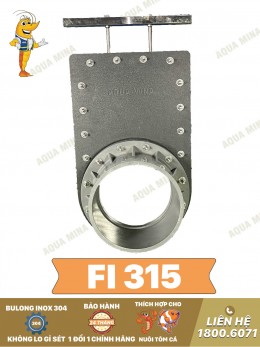
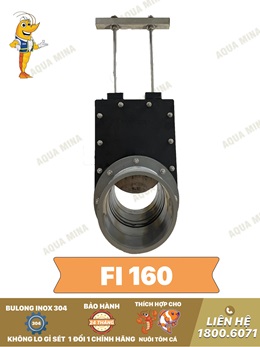


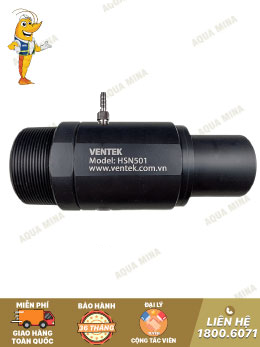
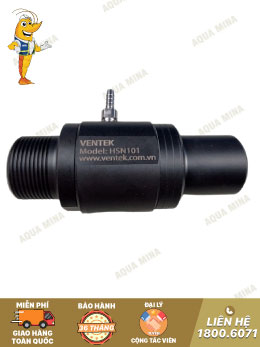

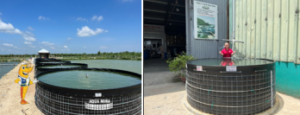
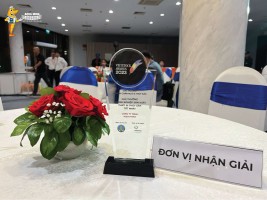


.jpg)